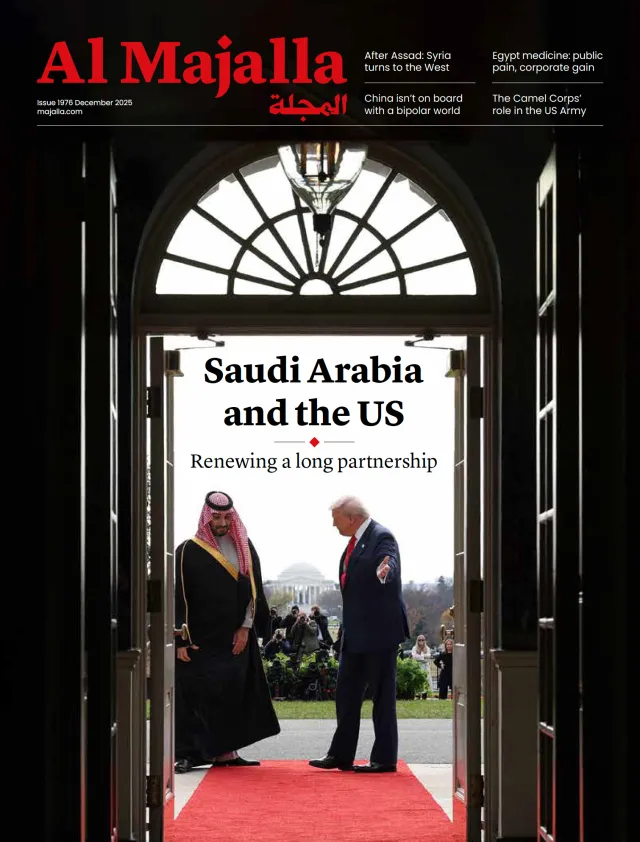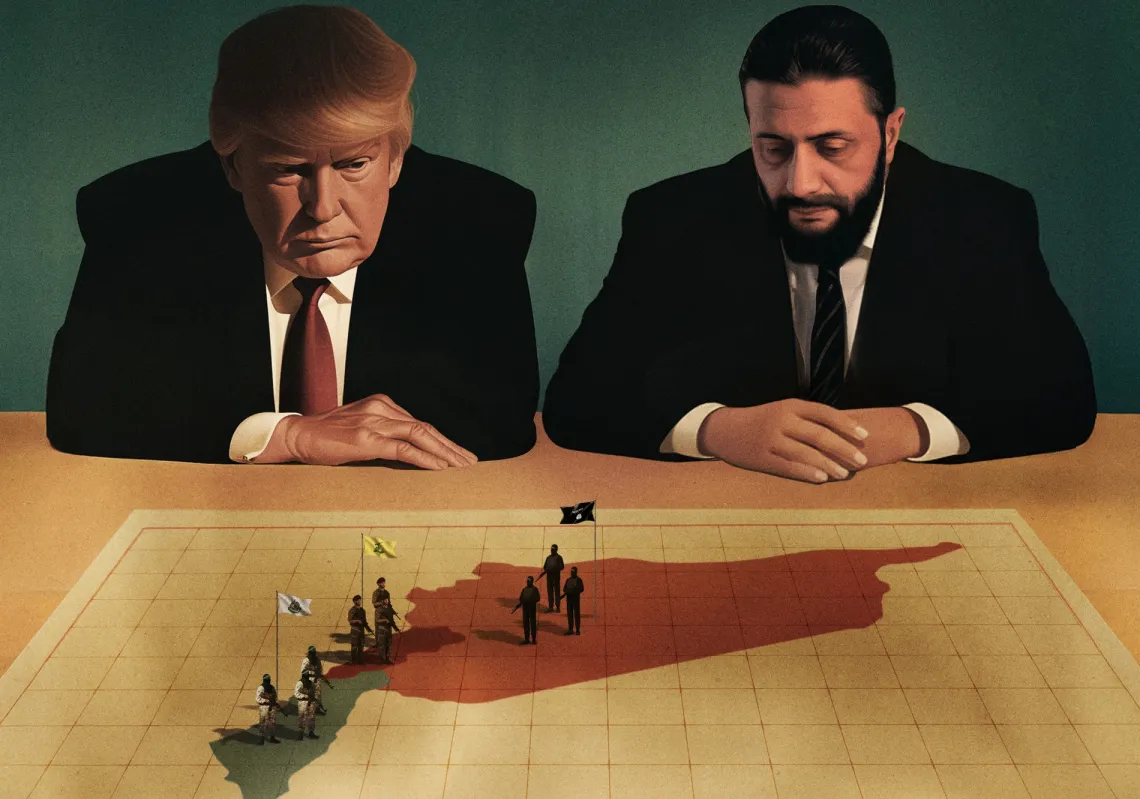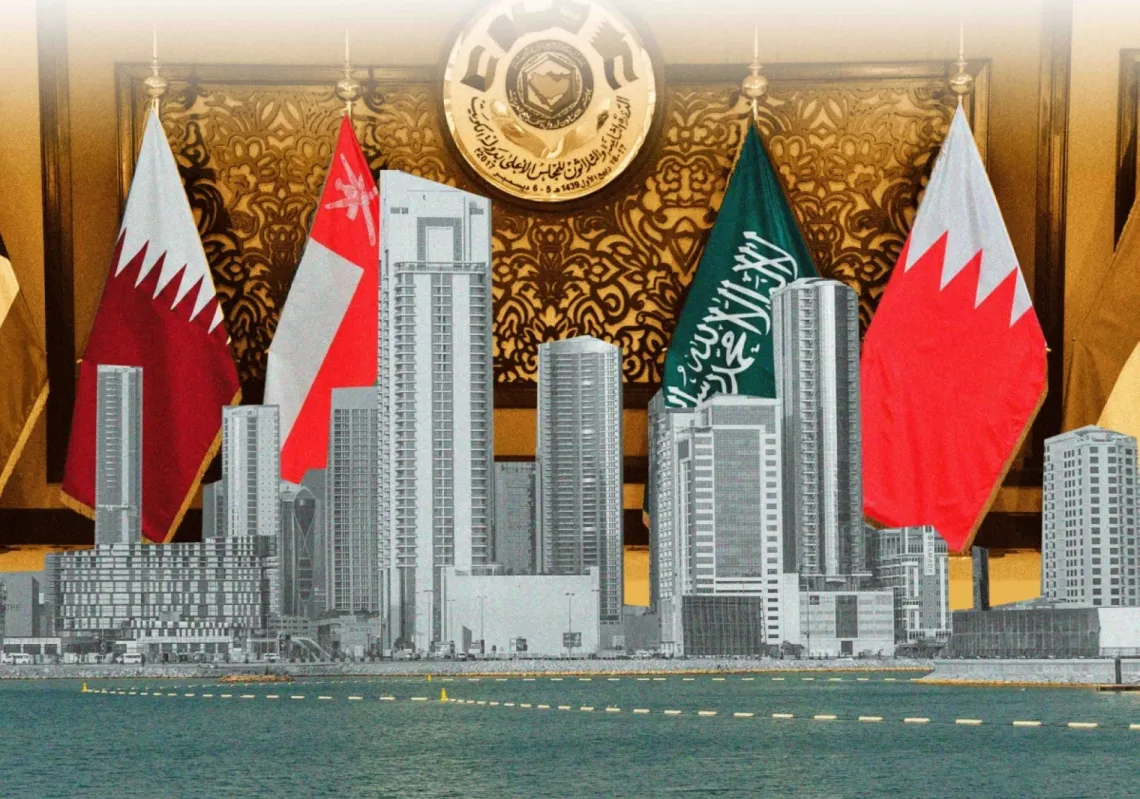Iran now has enough material for at least 10 nuclear bombs if further enriched to 90%. Reports by the International Atomic Energy Agency (IAEA), Wisconsin Project on Nuclear Arms Control's Iran Watch, and the Institute for Science and International Security showed that Iran grew its 60% enriched uranium stockpile in 2022 and announced plans to expand a centrifuge facility.
In 2023, the IAEA found traces of 83.7% enrichment, close to bomb-grade levels, at an Iranian nuclear facility, which Iran considered were “unintended fluctuations.” Its stockpile of uranium enriched up to 60% had also grown to 128.3 kilogrammes, the highest level then documented.
Iran’s stockpile of 60% enrichment and capacity grew significantly in 2024. In the same year, the US shortened Iran’s so-called “breakout time”—the amount of time needed to produce enough fissile material, the weapons-grade uranium (WGU), for a nuclear weapon—“to one or two weeks.” And according to the Arms Control Association, Iran’s current centrifuge capacity could allow it to produce enough weapons-grade uranium for a bomb in less than two weeks.
An IAEA report late last month said Iran’s stock of 60% purity enriched uranium had now grown to 408 kilogrammes. That is enough—if enriched further—for nine nuclear weapons, according to an IAEA yardstick. For one nuclear weapon, Iran could have enough enriched uranium in two and a half days.
The IAEA has long asserted that Iran was abiding by its non-proliferation obligations, but on Thursday—for the first time in almost 20 years—its board passed a resolution officially declaring Iran in breach of those obligations. Iran promised to respond by escalating its nuclear activities.
Iran has spent years strengthening its nuclear structures against the threat of military strikes, which will make it difficult to comprehensively destroy them, military experts have told CNN. Some facilities are buried deep underground to put them out of reach of Israel’s weapons.









